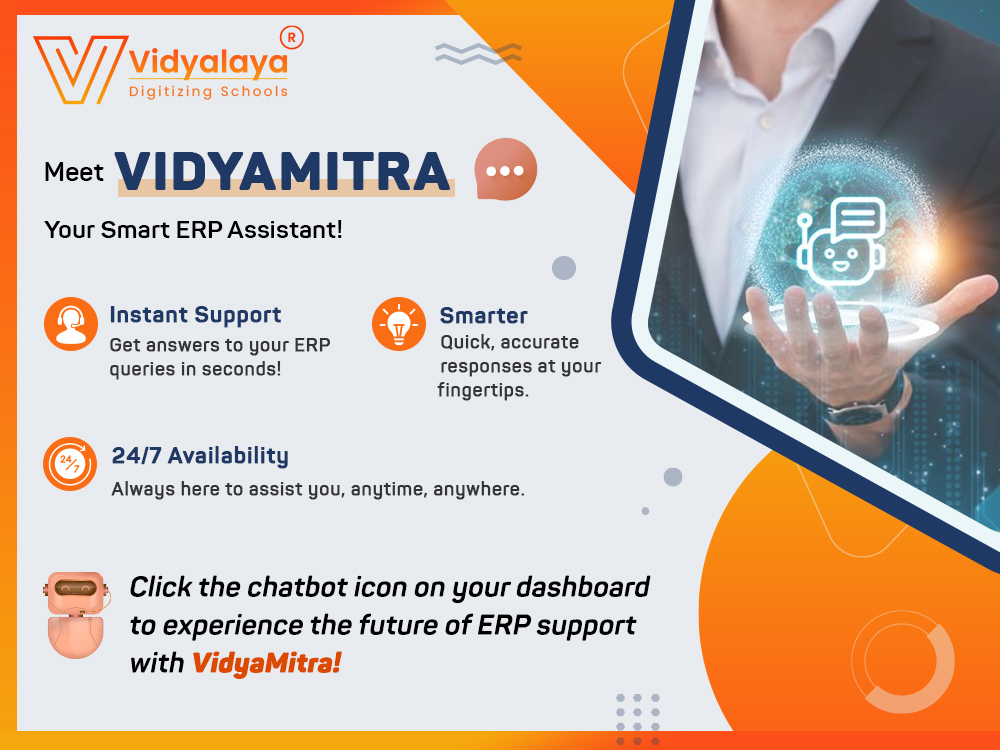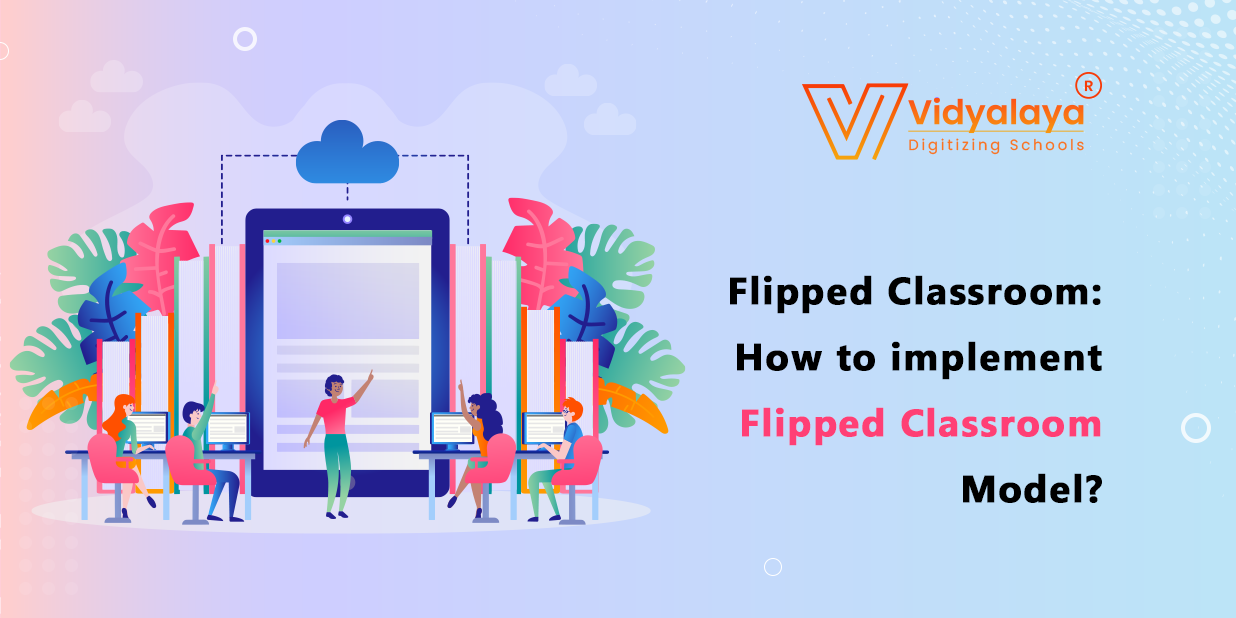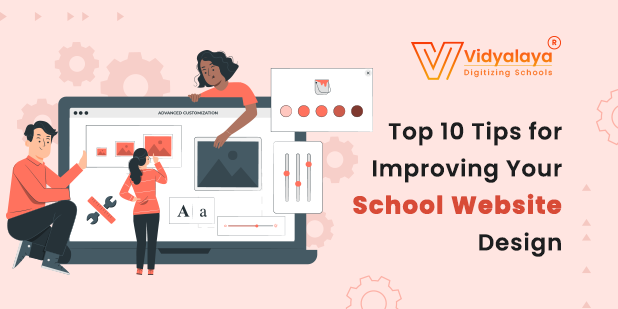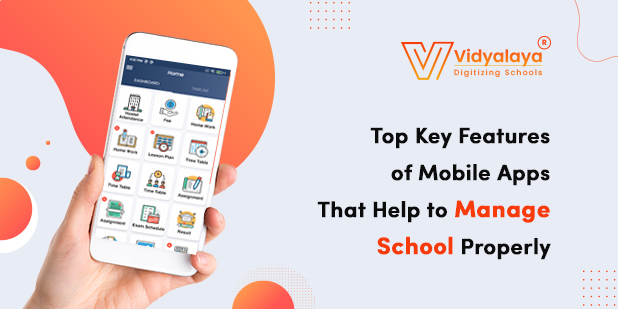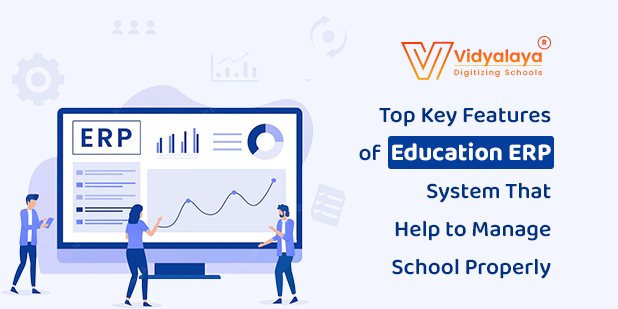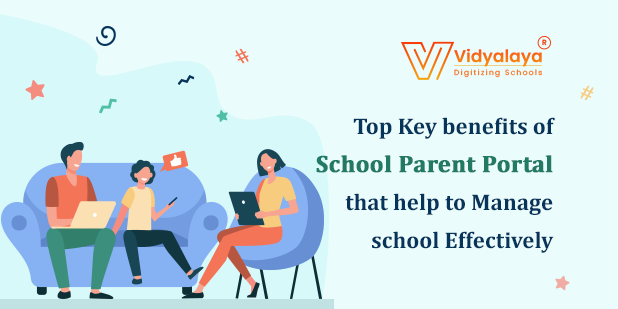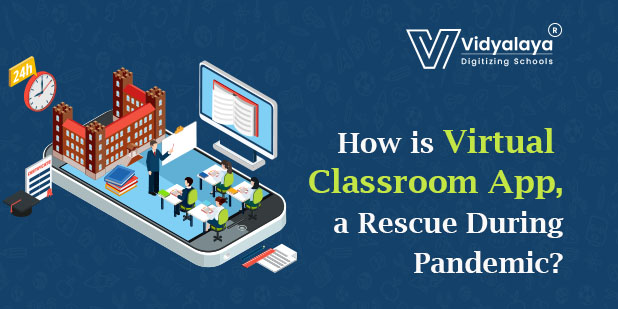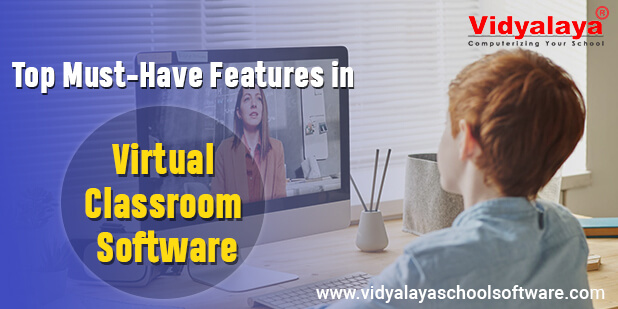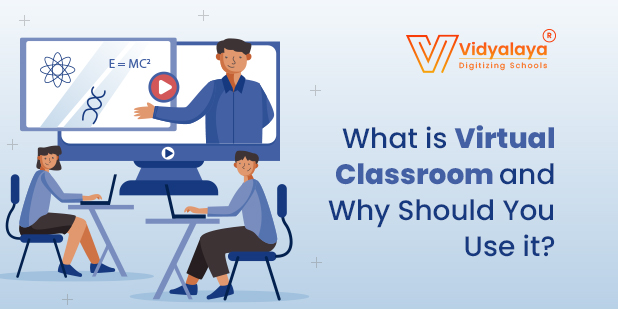The recent pandemic brought 360° changes in our lives and the education sector is not an exception. Educational institutes need to look for innovative teaching methods to accommodate from home concept. Online learning was at its peak and teachers converted classroom-led strategies into digital ones to keep a sustainable relationship with their students, in the absence of physical connection. The Flipped classroom was one of the doable approaches with its workable outcomes. The word ‘flipped’ itself narrates the story! Yes, it reverses the traditional method. Learn how it does and what are the implications of this model in this educational blog!
What is a Flipped Classroom?
The Flipped classroom concept circles the idea that students should encounter the study material/information before their in-class sessions and class sessions should be consumed for more productive activities like group discussion, quizzes, debates, etc. As lectures are shared outside the class, these interactive activities can boost the learning outcomes by enabling students to participate actively.
The flipped classroom concept is based on the following goals:
- Offer an active learning environment in the classroom
- Give freedom to students to learn at their own pace
- allow teachers to concentrate on individual students rather than the class as a whole.
So, the pillars of the FLIP model can be best illustrated as:
- F- Flexible Environment
- L- Learning Culture
- I – Intentional Content
- P- Professional Educator
Thus, the flipped classroom model shifts the passive learning sessions to outside classes so that students can learn whenever they want and at their own pace. It blends online and physical learning concepts and optimizes learning outcomes by availing the best of both!
Why Flip? Avail of these 5 out-of-the-world Benefits!
Flipped classroom model is enriched with a handful of key benefits that endorse an inverted approach to traditional learning. So, why go with complete diversion? Understand the benefits you are leading to:
1. Allow your students to learn at their own Pace:
Traditional learning has the biggest flaw that all students are considered to be learning at the same grasping speed. But this is not the reality. Some students understand the concepts fast and some may not be able to match the teacher’s speed. Additionally, they have to listen and write notes while the lecture is going on. So, flipped classrooms offer the freedom to learn at their own speed and take breaks in between. The self-paced learning optimizes the learning outcomes, surely.
2. Era of Customization, Active, and Engaged Learning:
When students are already clear about the key concepts, they can have an interactive and engaging lecture in class time. Different techniques like group discussion, debates, projects, and quick games can be arranged to have experiential learning and evaluate how students apply their gained knowledge in real-life situations. Thus, the flipped classroom model opens doors for a customized, active, and engaged learning era.
3. Hold command of concepts and review for Exams:
As the syllabus proceeds, students do not remember all the concepts and they need an urge for revision at exam times. Flipped classrooms fulfill this demand as they are like recorded in-class lectures. Pre-class material is readily available for students to revisit and make better preparations. Integrated features like searching text, and playing videos at their own speed give a customizable approach to studies. Such facilities like freedom of viewing previews of key concepts aid students in holding command of the concepts and can perform better.
4. Richer Content through Curation and Continuous Improvement:
The traditional role of having additional resources for curation is polished and made more effective and accessible in the flipped classroom model. Here, students access course material outside of the class, teachers assign coursework in any form like puzzles, games, and short videos to bind them all together. With the flipped classroom, teachers’ capacity canvas increases:
- Teachers can create basic content once and can share and use it for subsequent years
- Can work in teams with other teachers and can share videos and teaching material
- By studying the analysis facts, teachers can improve the weak areas
- Offer reliable and consistent learning materials for alternate teachers to use
5. Better Learning Outcomes:
Students get more exposure to teacher interaction and more scope for skill development so one can expect better short-term learning outcomes. Once you implement the flipped classrooms well, you are done! For successful outcomes, teachers must consider other factors such as technology access, physical classroom setup, migrant student exterior responsibilities, etc. Overcoming the constraints of the classroom-based lecture, a flipped classroom improves student engagement and offers flexibility.
How to Implement Flipped Classroom Model?
Although the flipped classroom model brings a rebellious aura to the traditional culture of learning, it envelops several benefits and thus gains deserved popularity in the education sector. It can be implemented by the following six steps:
1. Decide the Strategy first:
Teachers should decide how to transform the approach and should make proper strategies. They should be clear with expected learning outcomes, material required, and instructional resources. Also, before starting the work, they should decide what platform will be used to broadcast the material and its efficiency.
2. Determine a format and get feedback:
One should come up with prior work like whether the lectures should be pure or they need pre-assessment. They should start with a simple yet effective format and should also be open to students about the status of the new approach.
3. Craft your Material:
Start crafting your material, and set some limits. These restrictions, like video length, size of the file, the format of the file, and others will help both parties to serve the purpose. Keep it short and simple. Make some introductory videos and improve the content over time. Don’t fall for keeping all eggs in a single bucket!
4. Come up with a verification method:
This is the most important step in the flipped classroom model implementation process. Once teachers make videos, their task is almost complete. Now it’s turn for students to watch it. But how teachers can come to know that students have watched the videos? Prepare a method of verification to keep the tally. Techniques like short notes, quizzes, and filling skeleton notes can be used to do this.
5. Consistency is the Key!
Make a timetable to craft the material and for the entire process. This will help you to make more productive videos rather than releasing the bulk of them. Pay attention to the quality of the content so that students also get what they want. This will ultimately save you in the long run.
6. Reflect and Improve:
Be more innovative and creative, and implement new ideas. Once you have videos prepared for your course, even absent students can also learn the missed concepts. Your institute may recognize your hard work, and parents will also appreciate your out-of-the-box methodology. A Flipped classroom will become a driving gear that changes your teaching style. Soon, there are chances of becoming the most demanded resource of your institute!
Learning methods and strategies always get changed in search of better learning outcomes. While traversing back in the traditional era, where teachers used to learn lessons and then assign classwork, flipped classrooms are the inverted version of them. Leading EdTech companies like Vidyalaya always promote learner-centered approaches and integrate them into their products. The Flipped classroom includes students who see digitized lectures as pre-class homework and then spend active sessions to learn and discuss the topics through discussions, presentations, and other group activities. One can make use of Vidyalaya’s educatory products to incorporate this exceptional approach and can give a new dimension to learning. Call us or drop us an mail for more details!

